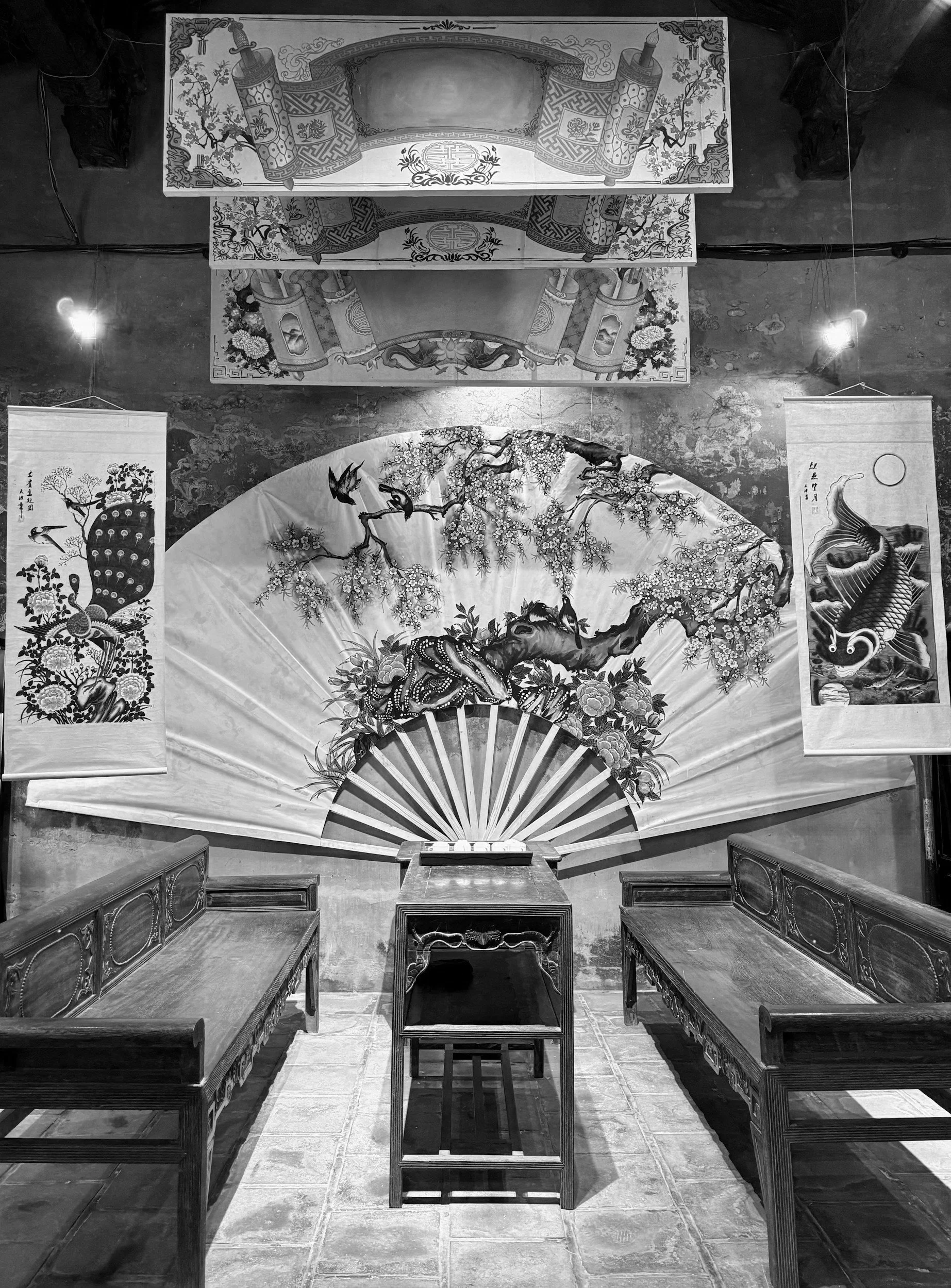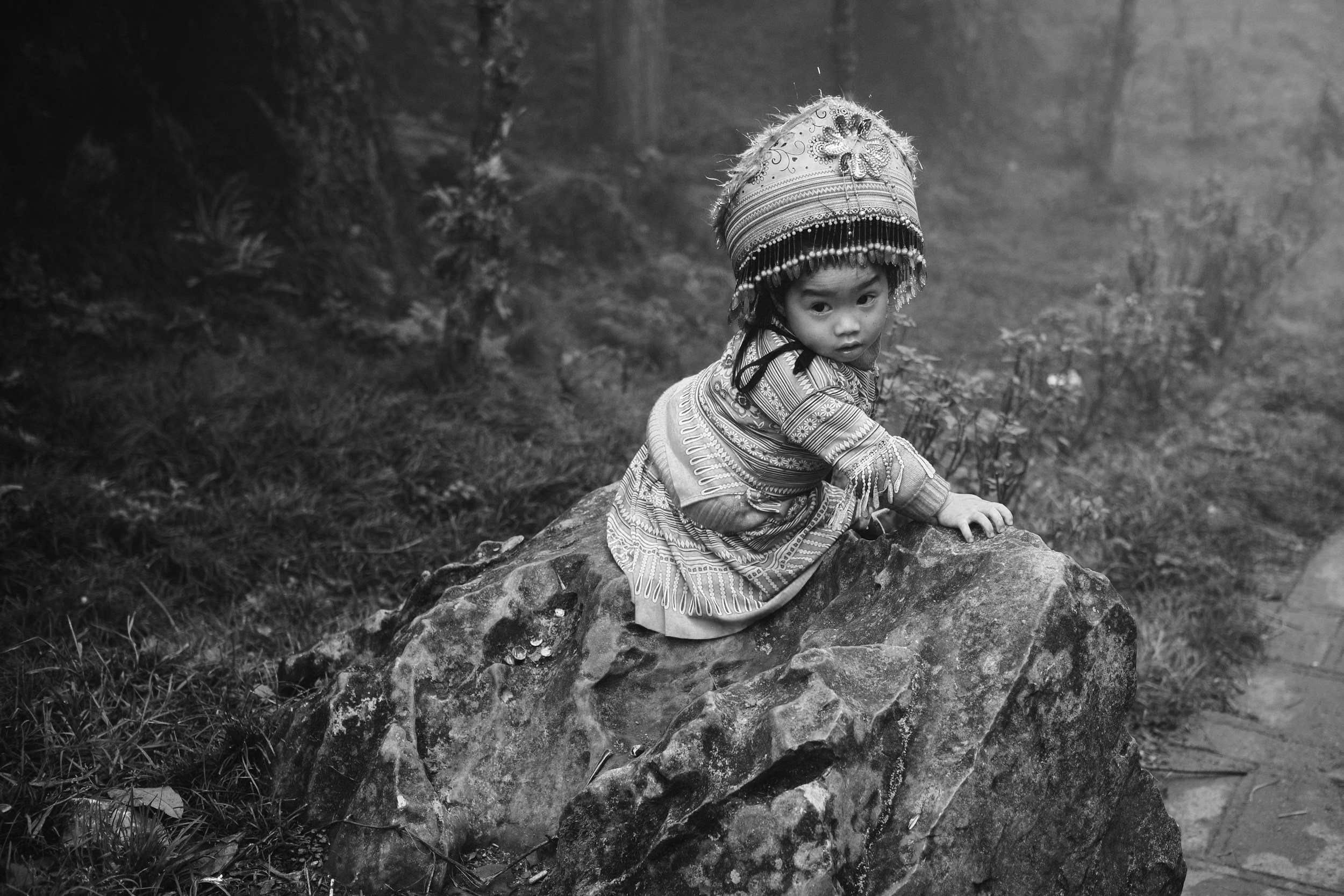The Role of the Art Collector: Building and Preserving Asian Art Legacies
In the vast and intricate world of art, collectors play a role that goes far beyond simply amassing beautiful objects.
Their engagement with art actively shapes, preserves, and influences culture. This is especially true in Asia, where the tradition of art collecting has long been intertwined with history, spirituality, and community.
As collectors engage with diverse and sometimes ancient art forms, they become stewards of heritage and agents of cultural continuity, ensuring that the treasures of today remain valued stories tomorrow.
In this way, collectors act as both curators and visionaries, building and preserving legacies that hold meaning for future generations.
Shaping Cultural Identity
Asian art is a tapestry of styles, philosophies, and histories.
Across the continent, traditional art forms—such as calligraphy, lacquer work, textile arts, and sculpture—speak to centuries of skill, belief, and creativity.
By collecting and championing these works, collectors help to preserve aspects of identity that are fundamental to Asian culture.
Art reflects the values, fears, and aspirations of the communities that create it, and collectors are uniquely positioned to keep these reflections alive.
For example, a collector who acquires Vietnamese lacquer paintings, Japanese ukiyo-e woodblocks, or Tibetan thangka paintings does not only protect the art from being lost to time, but also preserves the cultural essence within each piece.
Bridging Tradition and Modernity
Asian art, like any other, continually evolves.
Today’s artists often blend age-old techniques with contemporary themes and experimental methods, forging new expressions that speak to modern life while acknowledging traditional roots.
Collectors can be powerful supporters of this union by collecting contemporary works that reflect Asia’s ongoing dialogue between past and present.
By placing works by contemporary artists such as Takashi Murakami, Yayoi Kusama, or Ai Weiwei alongside historical pieces, collectors create a detailed and true narrative of Asia’s artistic evolution.
In doing so, they help to ensure that these hybrid expressions of culture are documented, preserved, and accessible to a global audience.
Supporting the Artists and Communities
Collecting art is a significant investment that extends beyond the purchase of objects.
Collectors have the opportunity to directly support artists and artisans, enabling them to continue their work.
In Asian countries, where traditional crafts are at risk of being forgotten, the backing of collectors can be crucial for sustaining entire communities.
By investing in pieces from smaller artists or remote villages, collectors contribute to the livelihoods of those who work in fields like pottery, textile weaving, and sculpture.
This patronage not only protects these art forms but also empowers artists to experiment, create, and pass on their skills to younger generations.
Creating Accessible Legacies
Many collectors view their role as custodians rather than owners, building legacies that will one day be shared with a broader audience.
Through donations, loans, and partnerships with museums and galleries, art collectors make these invaluable pieces available to the public.
Museums like the Asian Art Museum in San Francisco or the Tokyo National Museum often rely on collectors to enrich their collections and exhibit rare works.
Through this, collectors expand access to cultural knowledge, allowing people worldwide to experience and appreciate the depth, history, and awe of Asian artistry.
Preserving the Intangible: Memory and Story
Art is not only a visual experience; it is a repository of stories and symbols.
Collectors often preserve not only the tangible piece but also the intangible narratives that give each work its significance.
These stories can include the inspiration behind a piece, the rituals involved in its creation, or the meanings of symbols.
Collectors who document and share these ensure that these truths of art survive, creating connections that cross borders and generations.
The role of the art collector in Asia is multifaceted.
They are the guardians of heritage, patrons of the present, and architects of a future legacy.
In building collections with a focus on meaning and preservation, collectors honour the rich diversity of Asia’s artistic landscape, ensuring its survival and resonance for years to come.






